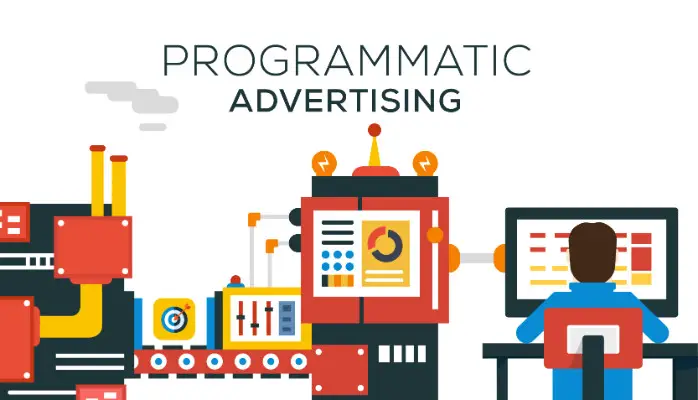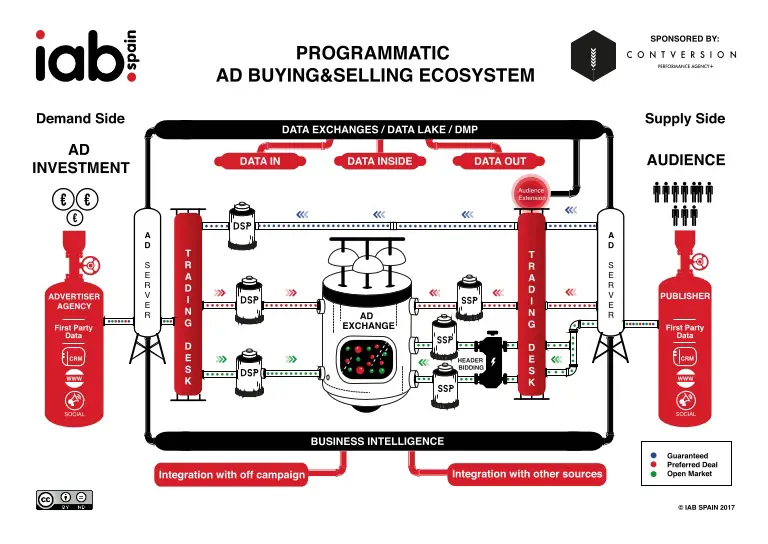Show me the money – missing spend and the clouded world of programmatic advertising
By Nick Swimer and Keri Bruce.
The issues of the programmatic ecosystem are well-known within the industry. A lack of accountability, lack of data access, issues with viewability, fraud and a supply chain through which money simply cannot be followed are part-and-parcel of working in the advertising sector. Spending on programmatic display continues to rise unabated as part of brands ‘digital transformation’ programs – in spite of such industry headlines touting the lack of accountability.
A joint study between the ISBA and PricewaterhouseCoopers (PwC) in 2020 uncovered a black hole at the heart of the advertising supply chain – 15% of spend, a figure amounting to £2.6 billion (approximately $3.1bn) could not be tracked. It could not be attributed to any parties in the supply chain, and therefore was missing, vanished into nothingness. While there are numerous factors that might be responsible for this (limited data, tech vendors reselling, financing agreements conducted post-auction, etc) the basic fact is that the supply chain has become a veritable hydra, with hundreds of supply paths to reach one publisher.


Fixing the issues of accountability and transparency may be a Herculean task – but it is one that is critical to the future of programmatic. The problem is endemic, and aside from the impact it has on the assessment and quantification of ROI, it is indicative of a lack of scrutiny, and level of waste, which must be addressed.
With inflation rising and the cost-of-living crisis, cutting spending will likely become a strategic priority for businesses. The UK government has notably recently announced the launch of a campaign aimed at encouraging businesses to divert their marketing spend into price cuts. This has not been well-received within the country. Without going into the merits (or otherwise) of these plans, it seems that what is missing from these conversations is the acknowledgement that 15% of a significant and growing part of the ad-spend market is wasted. In this economic climate, losing £2.6bn to unidentifiable parties is unconscionable.
For now, there is a glimmer of hope and progress in the new ANA programmatic study (conducted alongside PwC, Kroll, and TAG Trustnet) which will examine the programmatic supply path in its entirety, from advertiser to consumer. Findings are due to be released by late 2022, and ideally, this could give marketers and their agencies the tools they need to eliminate unproductive spending – potentially having a real impact and helping the industry. While findings have been eagerly anticipated, it seems that the ANA study has become even more crucial as economists raise the possibility, even likelihood, of a recession.
Restoring the integrity of the digital advertising supply chain is something that should be at the forefront of every advertiser’s and agency’s agenda. Advertisers must be able to make decisions based on fact, not wild guesses – and currently, programmatic is tainted by a lack of clarity.
This is a spending crisis and advertisers need to take steps to mitigate losses. First and foremost, they need to gain a better understanding of the system by partnering with their agencies, trade associations, experienced consultants, legal teams and academics. From here, advertisers should review their own media buying agreements to ensure supply chain participants are held accountable and are delivering consistently. However, perhaps most importantly advertisers must pay attention and consider alternative routes to market, to cut out inefficiency, if programmatic continues to be characterised by a lack of transparency.
Billions of pounds (and dollars) are being lost and brands are putting funds into a flawed system. The programmatic landscape is clouded and opaque, and ignorance is no longer an excuse – advertisers need to work together and push for change from the inside.




Nick Swimer and Keri Bruce are partners at Reed Smith LLP.









